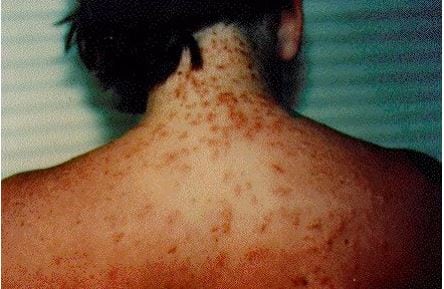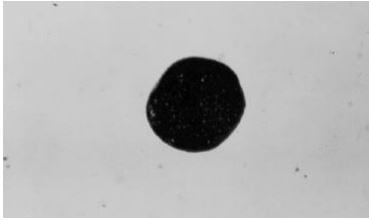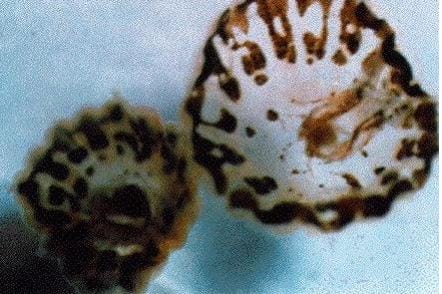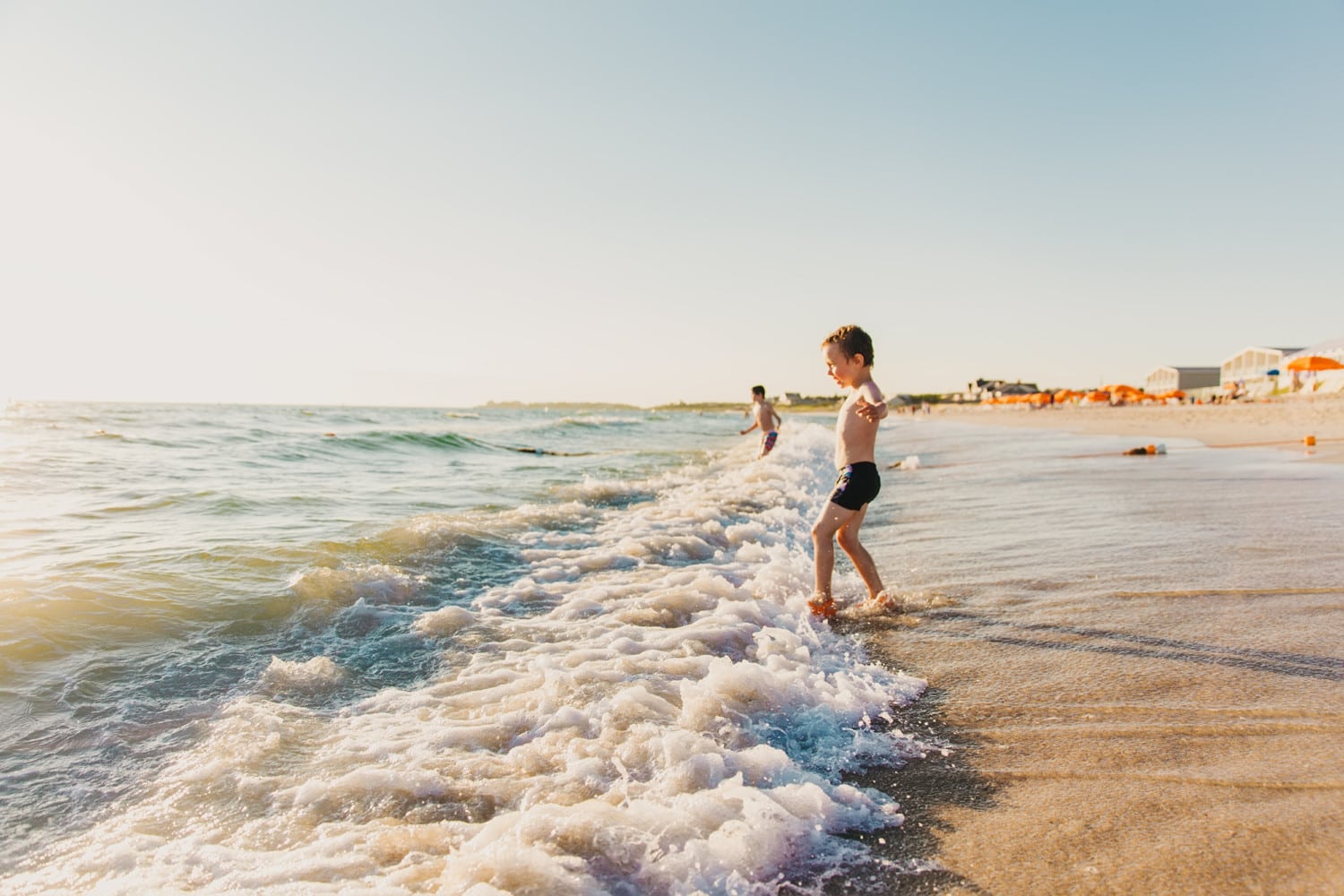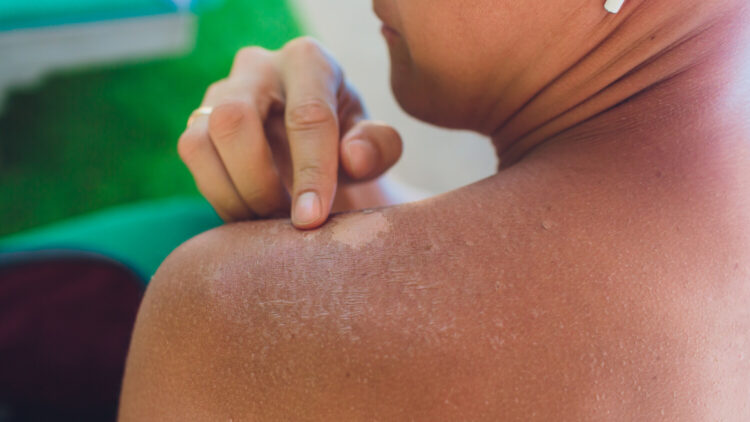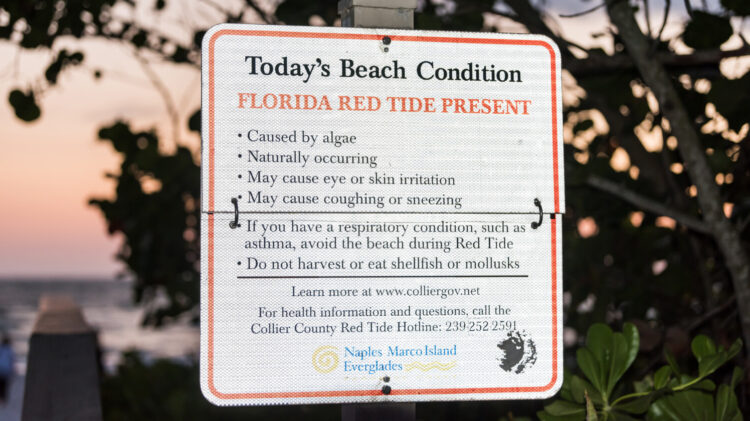Everything You Need To Know About Sea Lice
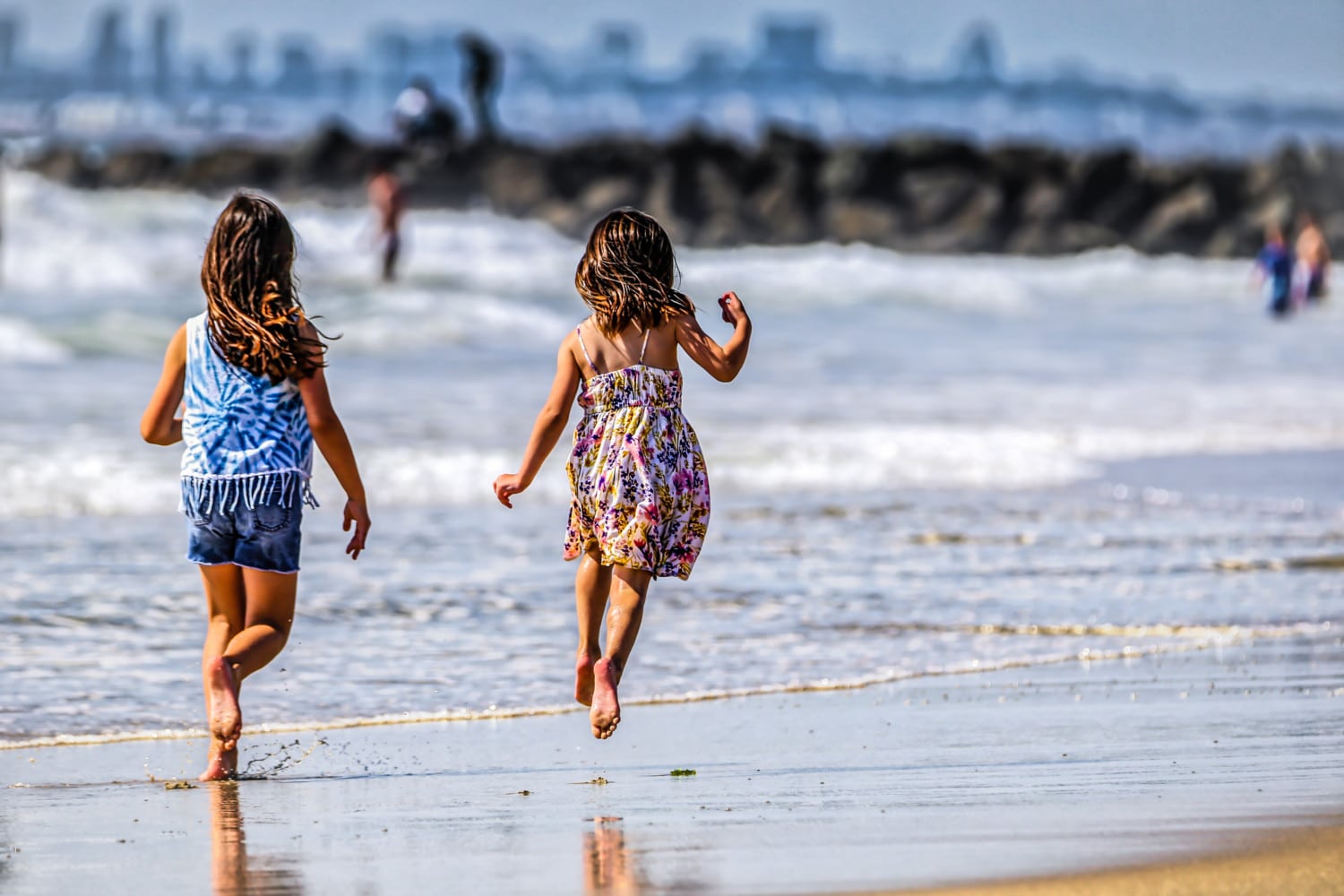
Beachgoers beware: You may be bringing home more than tan lines this summer. Health officials are warning swimmers in Florida that some pesky, rash-causing critters nicknamed “sea lice” are zipping around in the Florida Panhandle waters.
Sea lice are actually itty-bitty jellyfish larvae. “Seabather’s Eruption” is another nickname for the aggravation they cause swimmers. In a nutshell, swimmers’ bathing suits can act like nets, sweeping up the larvae and trapping them. Stinger cells are activated, which then cause super-itchy rashes.
Because bathing suits trap the sea lice, the Florida Department of Health recommends women wear bikinis to the beach. Yes, really. Here’s the official health department recommendation: “Women should consider two-piece instead of one-piece bathing suits, to reduce the surface area of swimwear that could trap larvae.”
While the purple flags that signal “marine pests” are popping up in northwest Florida, sea lice aren’t confined to the Sunshine State. They favor warm waters like the Gulf and the Caribbean islands.
Also, they’ve been irritating swimmers for decades. A Bahamian old wives’ tale warns against swimming in the ocean between Mother’s Day and Father’s Day, however, they tend to inhabit the waters between April and July.
Here’s what else you need to know about sea lice, including how to prevent them and what to do if they sting you.
1. You Probably Can’t Spot Them
They are barely visible, except under excellent light conditions, according to the Florida Department of Health. They look like a speck of finely ground pepper floating on the surface layers of water, and they are about the size of a pinhead.
Here’s what the larva looks like under a microscope.
2. You Might Not Feel The Sting
Friction areas of a bathing suit, swim cap or even body creases can trigger the nematocysts (aka the stingers) that surround the larva. Changes in osmotic pressure can also set off the nematocysts. This type of pressure change could occur when a bathing suit dries in the sun or when a swimmer rinses in water.
When sea lice strike, it’s not uncommon that they leave 200 or more stings under a bathing suit, but you might not feel them. Some people exposed to the sea lice feel a prickling sensation while in the water. Interestingly, those who have had previous exposure to the sea lice tend to have immediate stinging sensations when they get stung again.
The sea lice are the larvae of thimble jellyfish (pictured below).
3. Symptoms Go Beyond An Itchy Rash
The rashes pop up in about four to 24 hours, according to the Florida Department of Health. In addition to an itchy rash, other symptoms can include nausea, vomiting, diarrhea, headaches and muscle spasms. For those who are prone to severe reactions, the health department recommends staying out of the water. Symptoms can last up to two weeks.
4. Sunscreen Might Actually Ward Off Sea Lice
Swimmers should avoid wearing T-shirts in the ocean so the sea lice can’t cling on. Also, the health department claims that sunscreen might actually protect your skin from being penetrated by stingers.
After getting out of the water, swimmers should change out of their bathing suits as quickly as possible and then shower to rinse off loose larvae. Remember: Showering in that fresh water while wearing a swimsuit with trapped larvae can cause the nematocysts to sting.
Bathing suits should be washed with detergent and heat-dried. Air-dried nematocysts can still fire their stings, according to the health department.

5. How To Treat The Stings
If you get bit, the Florida Health Department recommends treating the rash with an antihistamine or a hydrocortisone cream. Calamine lotion can help reduce the itchiness and rash.


